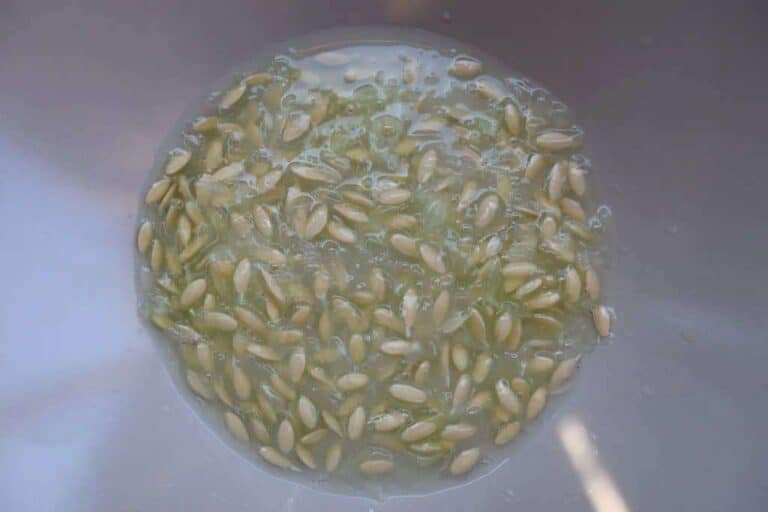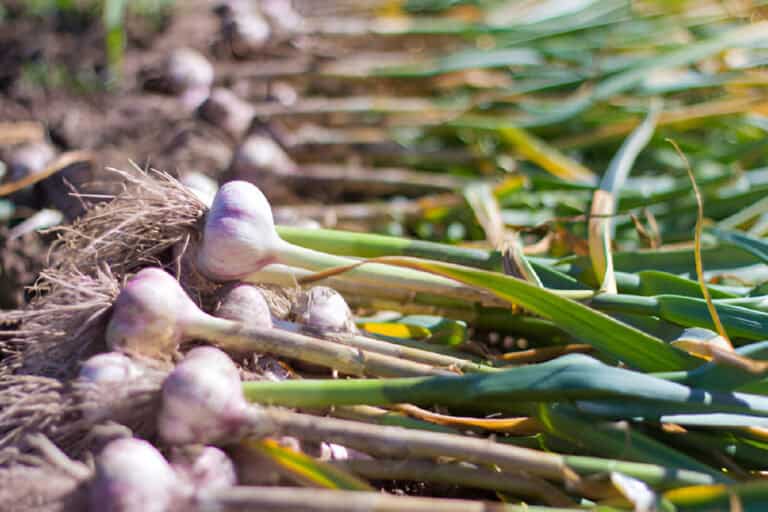What Perennials Rebloom After Deadheading? Revive Your Garden
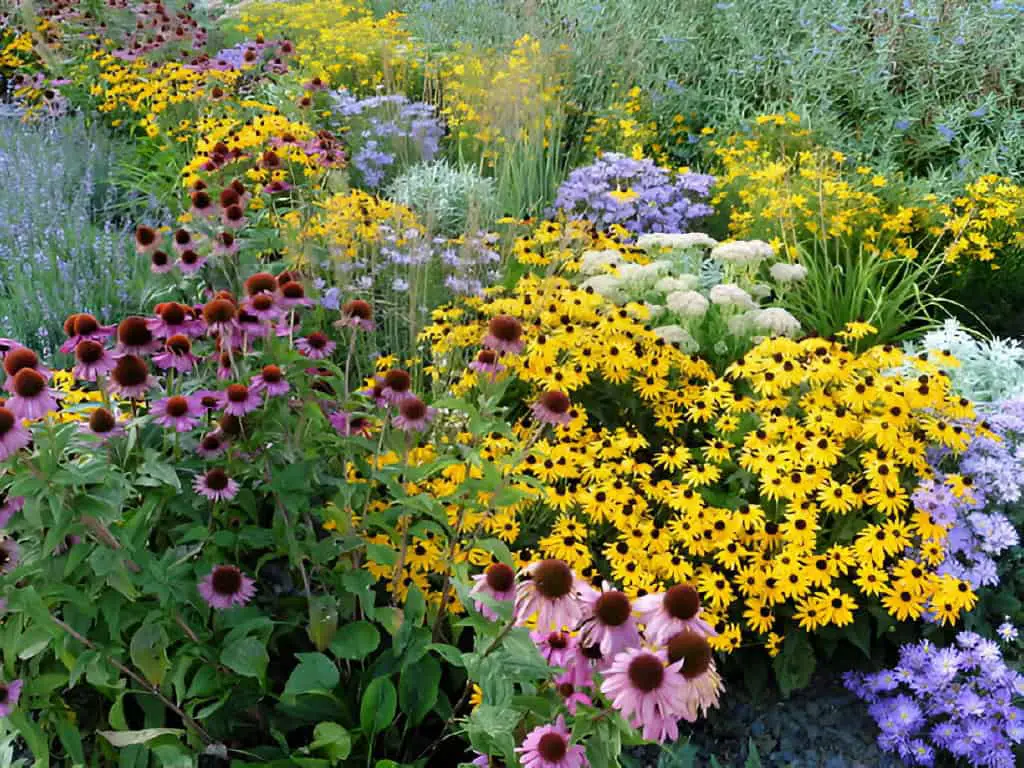
Gardening enthusiasts know a joy of gardening is watching plants bloom. They have vibrant colors and lush leaves. Among the various gardening techniques that can help prolong the blooming season, deadheading is a simple but effective method.
By removing spent flowers, you can encourage many perennials to rebloom, giving your garden a fresh burst of beauty.
In this article, you’ll discover which perennials thrive with deadheading. You’ll also learn how this simple practice can extend your garden’s blooming period. It ensures a stunning display all season.
Definition of Deadheading
Deadheading is a simple gardening practice that involves removing spent flowers from plants. This process encourages the plant to redirect its energy from producing seeds to generating new blooms. Cutting off faded or dead flowers has 2 benefits. It promotes longer flowering and improves plant appearance. Deadheading not only helps maintain the garden’s aesthetics but also enhances the health and vigor of the plants.
This technique is great for perennials, annuals, and flowering shrubs. It ensures a nonstop display of vibrant colors all season.
The Benefits of Deadheading
Before diving into specific perennials, it’s important to understand the benefits of deadheading. This practice promotes reblooming. It also keeps a tidy garden appearance and stops the plant from making seeds. This redirects the plant’s energy from making seeds to new growth. It lets you enjoy longer flower periods and a more vibrant garden.
Perennials That Rebloom After Deadheading
1. Echinacea (Coneflower)
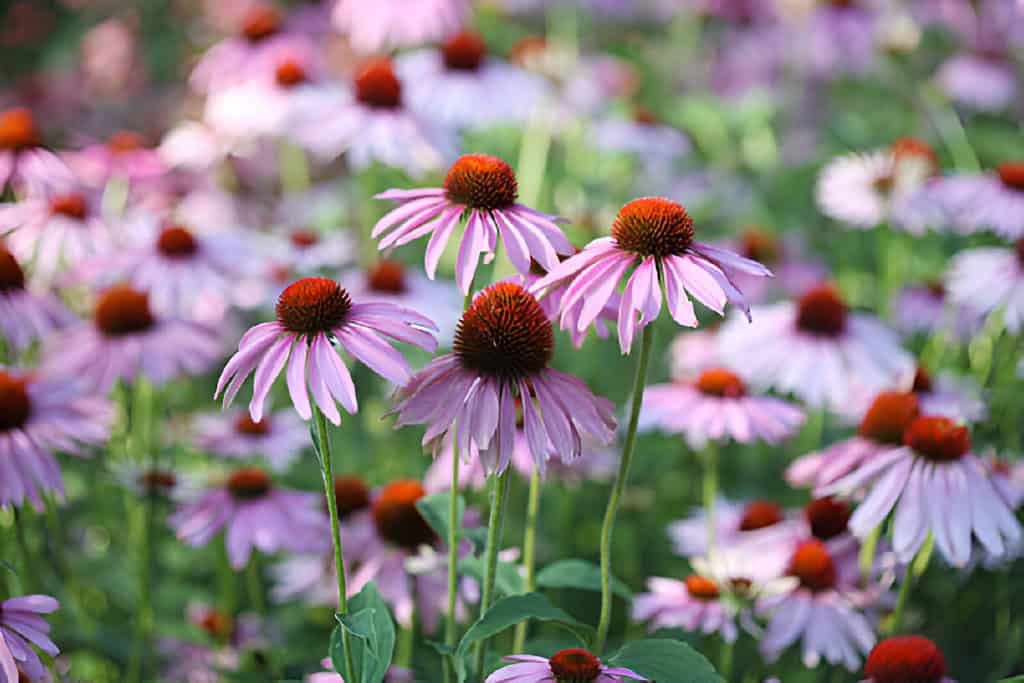
Echinacea, commonly known as coneflower, is a hardy perennial that thrives in a variety of climates. Known for its daisy-like flowers with prominent central cones, echinacea blooms from early summer to fall. Removing spent flowers can prompt the plant to make new ones. This extends its This resilient plant not only adds beauty to your garden but also attracts pollinators like bees and butterflies.
2. Salvia
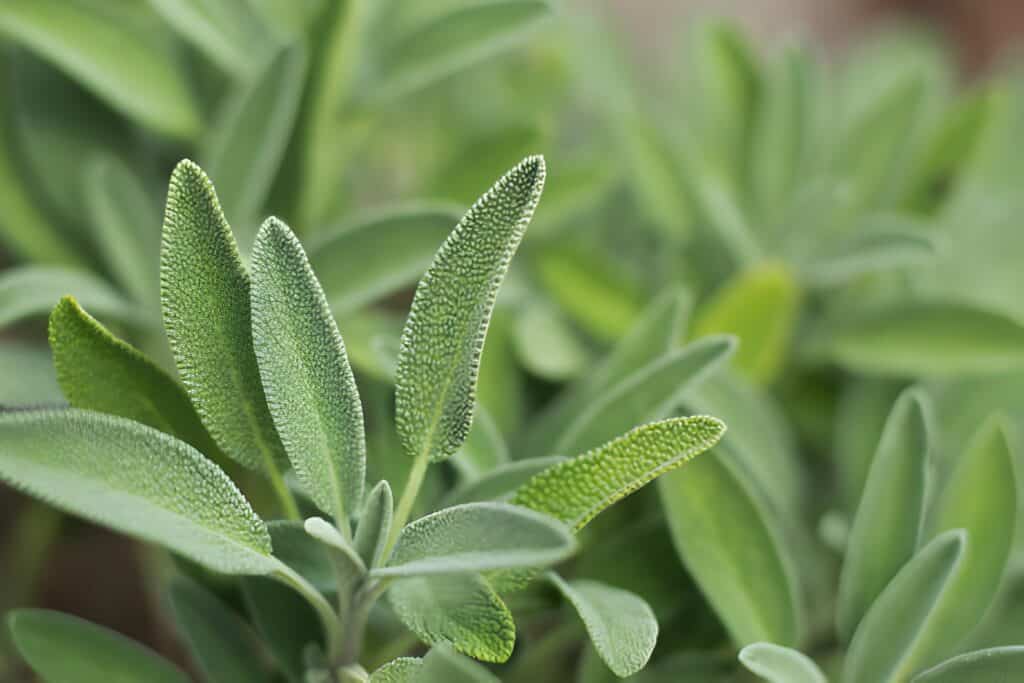
Salvia, a member of the mint family, is another perennial that responds well to deadheading. With its spiky flowers and aromatic foliage, salvia can add a splash of color to your garden from late spring through fall. By regularly removing spent flowers, you can encourage continuous blooming. Salvias are available in a variety of colors, including shades of blue, purple, pink, and white, making them a versatile choice for any garden.
3. Coreopsis (Tickseed)
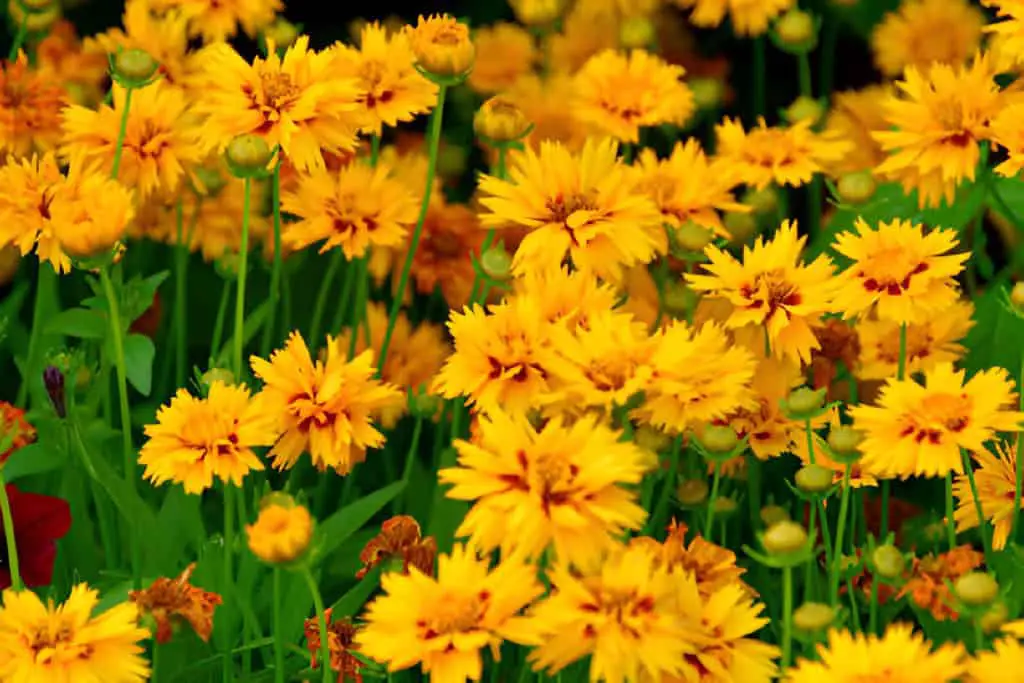
Coreopsis is often called tickseed. It is a low-maintenance perennial that thrives in full sun and well-drained soil. Its bright, cheerful flowers come in shades of yellow, orange, and red, creating a vibrant display from early summer to fall. Removing spent coreopsis flowers will promote new blooms. It will also prevent the plant from becoming leggy. This hardy perennial can also handle drought. It’s a great choice for tough gardens.
4. Geranium (Cranesbill)
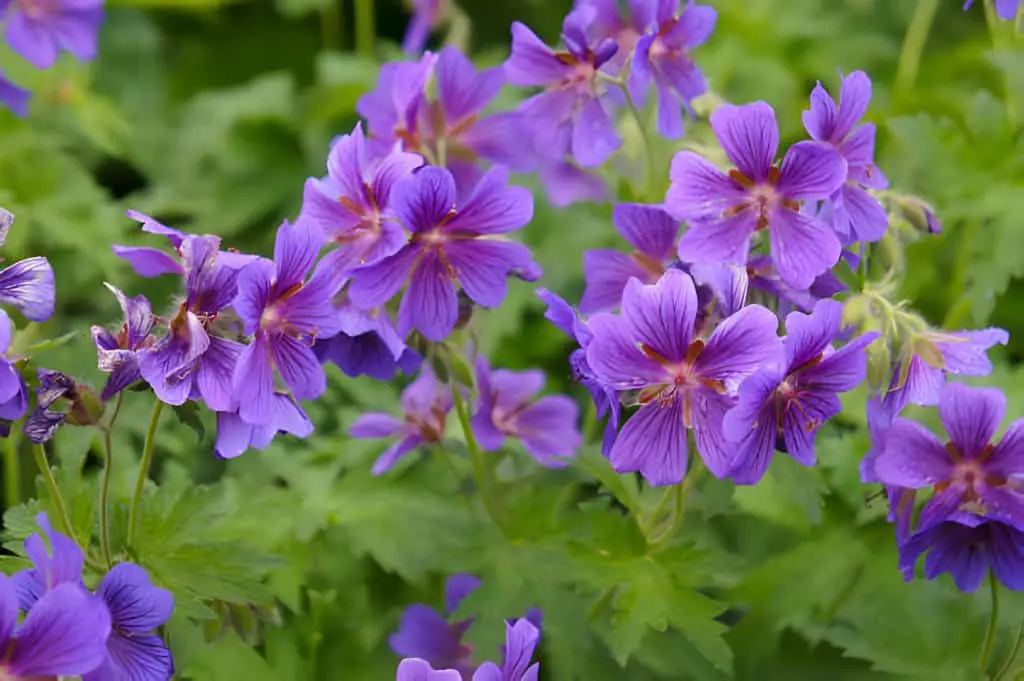
People love perennial geraniums, also called cranesbill. They are known for their long blooming season and easy care. These perennials produce clusters of five-petaled flowers in a range of colors, including pink, purple, blue, and white. By deadheading spent blooms, you can encourage geraniums to rebloom throughout the growing season. Geraniums are also deer-resistant and can thrive in various light conditions, from full sun to partial shade.
5. Rudbeckia (Black-Eyed Susan)
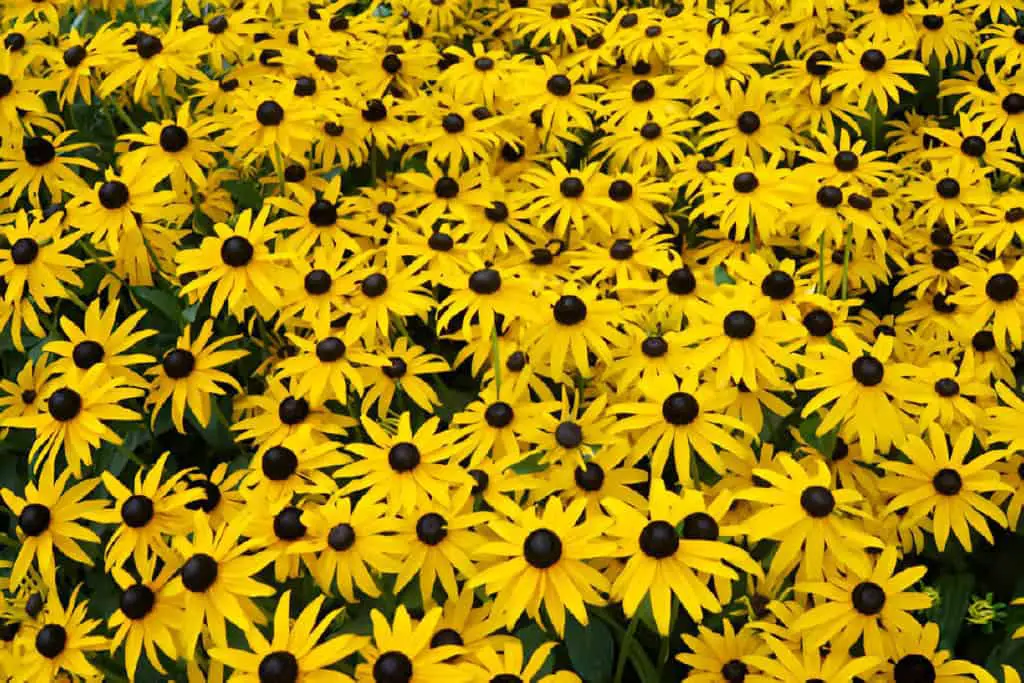
Rudbeckia, commonly known as black-eyed Susan, is a perennial favorite for many gardeners. Its bright yellow petals surrounding a dark central cone create a striking contrast that brightens up any garden. Blooming from midsummer to fall, rudbeckia can be encouraged to rebloom by removing spent flowers. This tough perennial can handle drought. It attracts many pollinators, making it a great addition to pollinator-friendly gardens.
Tips for Effective Deadheading
To maximize the benefits of deadheading and ensure continuous blooming, follow these simple tips:
- Timing: Deadhead regularly, starting as soon as the first flowers fade. This prevents the plant from going to seed and encourages new blooms.
- Technique: Use clean, sharp scissors or pruning shears to snip off spent flowers just above the first set of healthy leaves. This helps maintain the plant’s shape and promotes new growth.
- Maintenance: Maintenance is key. In addition to deadheading, keep your perennials healthy by watering enough, fertilizing as needed, and shielding them from pests and diseases.
Table: Reblooming Perennials and Their Characteristics
| Perennial | Bloom Time | Flower Colors | Light Requirements | Soil Type | Additional Benefits |
| Echinacea | Early summer to fall | Purple, pink, white | Full sun | Well-drained | Attracts pollinators |
| Salvia | Late spring to fall | Blue, purple, pink | Full sun to part shade | Well-drained | Aromatic foliage, deer-resistant |
| Coreopsis | Early summer to fall | Yellow, orange, red | Full sun | Well-drained | Drought-tolerant |
| Geranium | Spring to fall | Pink, purple, blue | Full sun to part shade | Well-drained | Deer-resistant |
| Rudbeckia | Midsummer to fall | Yellow, orange | Full sun | Well-drained | Attracts pollinators, drought-tolerant |
Conclusion
Adding perennials that rebloom after deadheading to your garden can transform it. It will become a vibrant, ever-blooming oasis. By understanding each plant’s needs and deadheading regularly, you can enjoy a longer flowering season. This will give you a more appealing garden. You can choose bold coneflowers, colorful salvias, or cheerful tickseeds. These tough perennials will repay your efforts with many cycles of blooms. They will add beauty and joy to your gardening.

